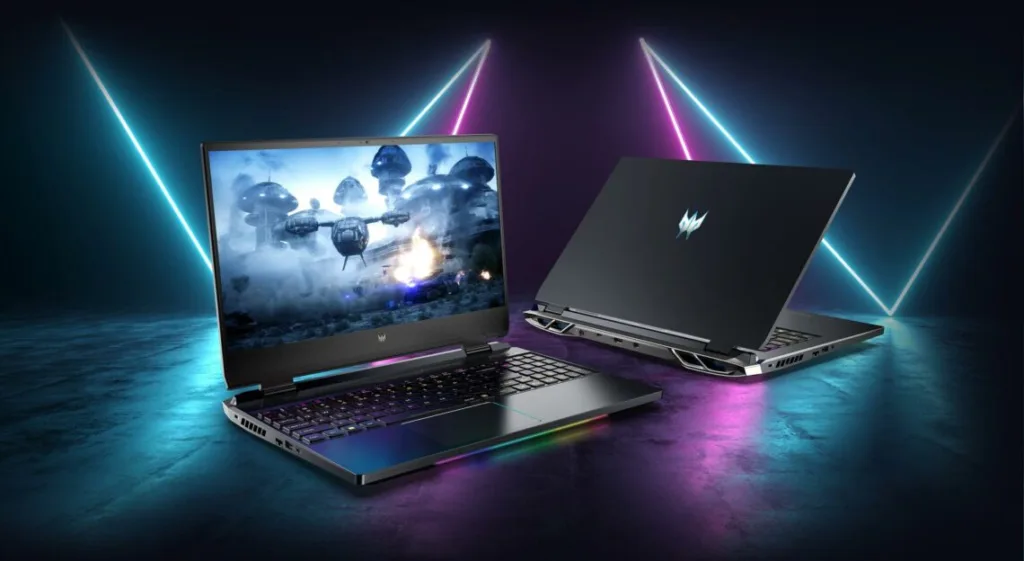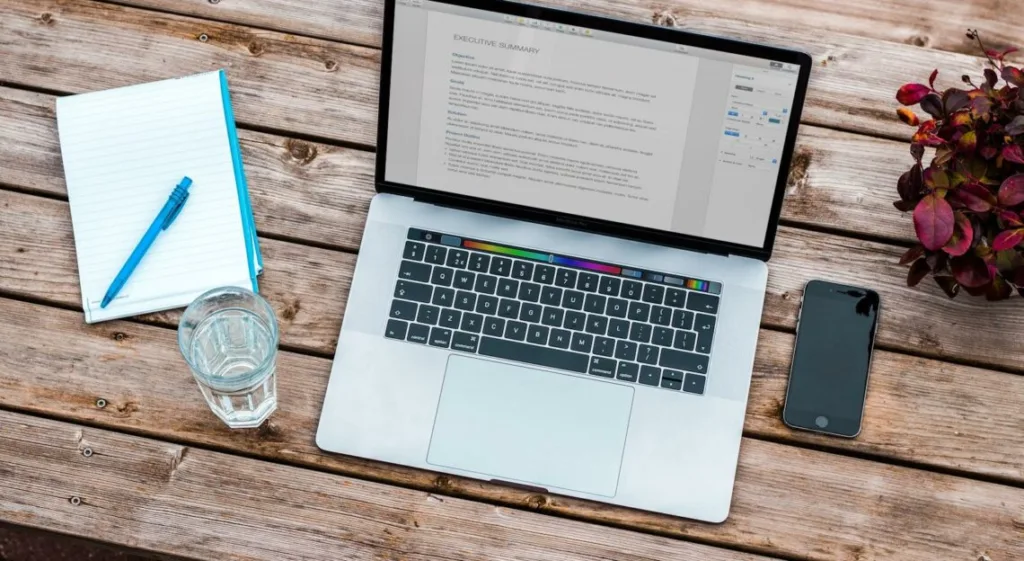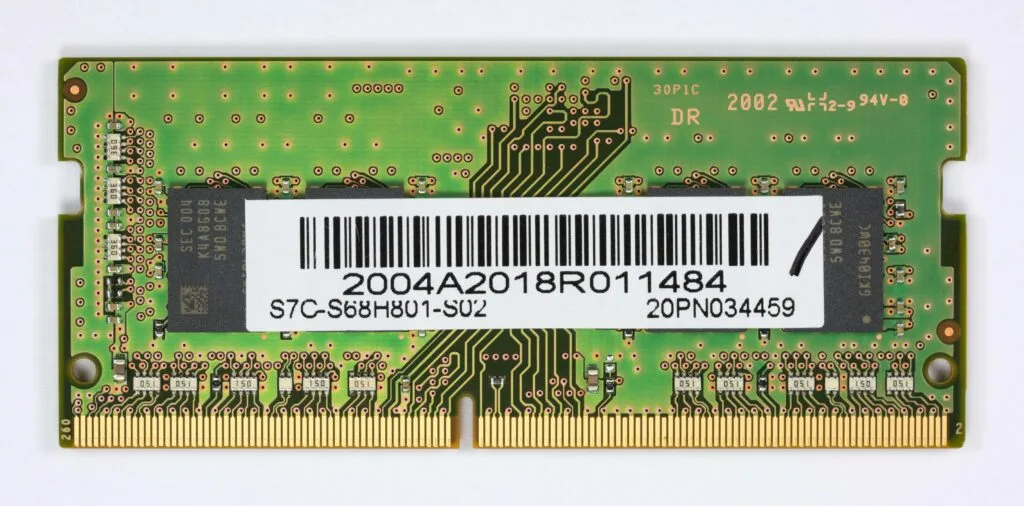This website may contain affiliate links, which means I may receive a commission if you click on a link and make a purchase. While clicking on these links won't cost you any extra money, they will help me keep this site up and running. Your support is appreciated!
Are you tired of your laptop lagging or freezing when you’re trying to get things done? It might be time to give your RAM a little tune-up. In this article, we’re going to show you how to optimize your laptop RAM usage for better performance, so you can say goodbye to those frustrating slowdowns and hello to smooth sailing. Ready to unlock your laptop full potential? Let’s dive in!
Table of Contents
- Unclog Your RAM: Closing Unnecessary Programs
- Smooth Sailing: Disabling Startup Apps for Faster Boot Times
- Keep It Fresh: Regularly Update Your Operating System
- Memory Magic: Optimize Your Virtual Memory Settings
- The Browser Balancing Act: Managing Tabs and Extensions
- Sleek and Clean: Uninstall Unused Software
- Streamline and Update: Prioritizing Software with Efficient RAM Usage
- Memory Matchmaker: Pairing Compatible Apps for Better Performance
- Task Manager Tune-Up: Monitoring Your RAM in Real Time
- RAM Diet: Embracing Cloud Services to Reduce Local Load
- Questions & Answers for Optimizing Laptop RAM Usage for Better Performance
- Wrapping Up
Unclog Your RAM: Closing Unnecessary Programs
Having too many programs running in the background can slow down your laptop’s performance and hog up precious RAM. To optimize laptop RAM usage and improve RAM performance, it’s important to close unnecessary programs that are not currently in use. By doing so, you can free up memory and allow your laptop to run more smoothly and efficiently.
First, take a look at your task manager to see which programs are currently running. Identify any unnecessary programs that you can close to free up RAM. This can include things like web browsers with multiple tabs open, chat applications, or any other programs that you’re not using at the moment.
Once you’ve identified the unnecessary programs, simply right-click on their icons in the taskbar and select “close” or “exit.” Alternatively, you can use the task manager to end processes for these programs. By closing these unnecessary programs, you’ll immediately free up RAM and improve the overall performance of your laptop.
To prevent unnecessary programs from running in the background in the future, consider disabling them from starting up when you boot your laptop. You can do this by accessing the startup tab in the task manager and disabling any programs that you don’t need to run automatically. By taking these steps to close unnecessary programs and prevent them from running on startup, you can optimize your laptop’s RAM usage and improve overall performance.
In addition to closing unnecessary programs, it’s also a good idea to periodically restart your laptop to clear out the RAM and give your system a fresh start. This can further help optimize laptop RAM usage and ensure that your laptop is running at its best. By implementing these strategies, you can ensure that your laptop’s RAM is being used efficiently and that you’re getting the best performance out of your device.
Smooth Sailing: Disabling Startup Apps for Faster Boot Times
Have you ever noticed that your laptop takes forever to boot up? This could be due to a multitude of startup apps that are running in the background, eating up valuable RAM and slowing down the system. By disabling unnecessary startup apps, you can optimize your laptop’s RAM usage and improve its overall performance.
To begin optimizing your laptop’s RAM usage, follow these simple steps to disable startup apps:
Click on the Start button and type “Task Manager” in the search bar.
Once Task Manager opens, navigate to the “Startup” tab to view a list of apps that automatically run when you start your laptop.
Identify the apps that you don’t use on a regular basis and right-click on them to select “Disable.”
By disabling unnecessary startup apps, you can free up valuable RAM and improve your laptop’s overall performance. This will result in faster boot times and smoother sailing when using your laptop for everyday tasks.
It’s important to note that while disabling startup apps can improve RAM performance, it’s also crucial to consider the potential downsides. Some apps may be essential for your laptop’s functionality, so be sure to carefully review each app before disabling it. It’s also a good idea to periodically check the ”Startup” tab in Task Manager to ensure that no new unnecessary apps have been added without your knowledge. By regularly optimizing laptop RAM usage, you can ensure that your laptop runs efficiently and smoothly.
Keep It Fresh: Regularly Update Your Operating System
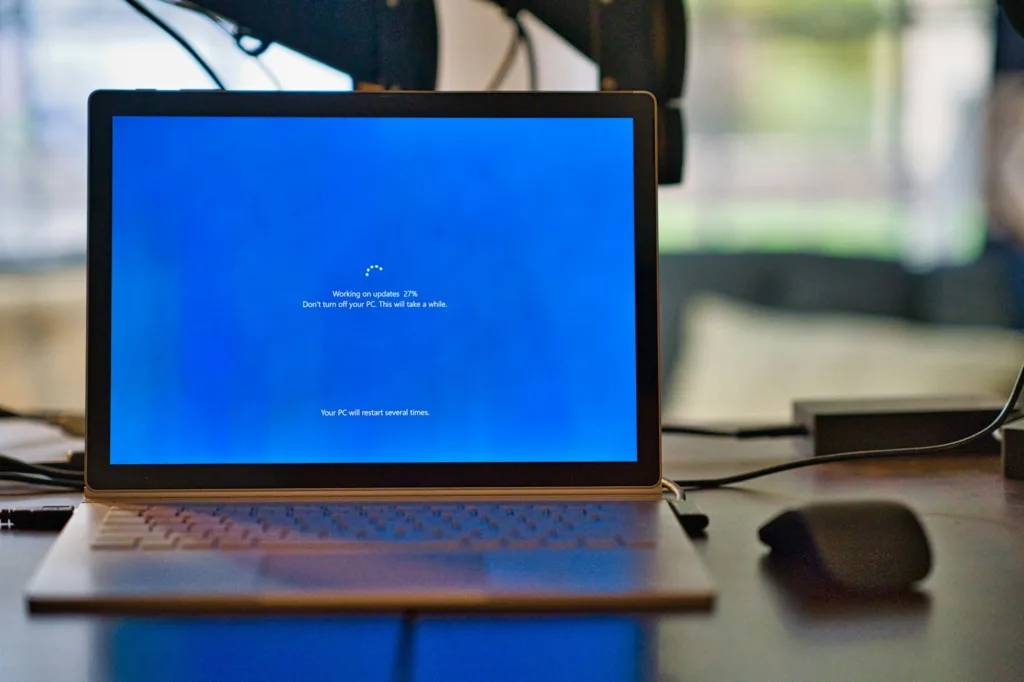
Keeping your operating system up to date is crucial for maintaining optimal performance on your laptop. One of the most effective ways to improve RAM performance and keep your system running smoothly is by regularly updating your operating system. Here’s how to make sure your laptop’s RAM is optimized for better performance.
Check for updates: The first step in optimizing laptop RAM is to regularly check for updates to your operating system. This includes both major updates and smaller security patches. Most operating systems have an automatic update feature that can be enabled to ensure you always have the latest software.
Remove unnecessary programs: Another way to improve RAM performance is to remove any unnecessary programs or files that are taking up valuable space. This can help free up memory and improve overall system performance. Take a look at your installed programs and consider uninstalling any that you don’t use regularly.
Use a memory cleaner: There are many memory cleaner programs available that can help optimize laptop RAM usage. These programs scan your system for unnecessary files and processes, and then clear them out to free up memory. Look for a reputable memory cleaner that is compatible with your operating system.
Upgrade your RAM: If you’re still experiencing performance issues after optimizing your operating system, consider upgrading your laptop’s RAM. This can be a cost-effective way to improve overall system performance and reduce lag. Check your laptop’s specifications to see if it’s possible to upgrade the RAM, and consider consulting with a professional if you’re unsure.
By following these steps, you can optimize your laptop’s RAM usage and improve overall system performance. Regularly updating your operating system, removing unnecessary programs, using a memory cleaner, and upgrading your RAM are all effective ways to keep your laptop running smoothly. So take a few minutes to optimize your laptop’s RAM today and enjoy better performance tomorrow!
Memory Magic: Optimize Your Virtual Memory Settings
If you want to optimize your laptop’s RAM usage and improve RAM performance, adjusting your virtual memory settings can work wonders. Virtual memory acts as a backup to your physical RAM, allowing your laptop to run more smoothly when you have multiple applications open. By optimizing your virtual memory settings, you can ensure that your laptop is using its RAM resources efficiently, leading to better overall performance.
One way to optimize your virtual memory settings is by adjusting the page file size. The page file is an area on your hard drive that Windows uses as if it were RAM. By increasing the page file size, you can give your laptop more virtual memory to work with, reducing the strain on your physical RAM. To do this, go to your computer’s Control Panel, then click on System and Security, followed by System. From there, click on Advanced system settings, then go to the Advanced tab and click on Settings under the Performance section.
Next, navigate to the Advanced tab, and under Virtual memory, click on Change. Uncheck the box that says “Automatically manage paging file size for all drives,” then select the drive you want to adjust the page file size for and choose “Custom size.” Enter a value for the initial size and maximum size (in MB) and click Set, then OK.
Another way to optimize your virtual memory settings is by moving the page file to a different drive. If you have multiple hard drives or SSDs in your laptop, you can improve RAM performance by moving the page file to a drive with more free space and faster read/write speeds. To do this, go back to the Virtual memory settings as described above, select the drive containing the page file, and click on No paging file. Then, select a different drive and choose System managed size or Custom size if you want to specify the page file size.
By optimizing your laptop’s virtual memory settings, you can ensure that your system is using its RAM resources efficiently, leading to better overall performance. Keep in mind that while these adjustments can improve RAM performance, they may also consume more disk space. However, the added performance benefits typically outweigh the drawbacks, making it a worthwhile adjustment for most users. Try different settings to see what works best for your laptop and enjoy the improved performance!
The Browser Balancing Act: Managing Tabs and Extensions

Managing tabs and extensions on your web browser is crucial for optimizing laptop RAM usage and improving overall performance. With so many useful extensions and tabs open, it can be challenging to strike the right balance between functionality and system resources. Here are some tips to help you manage this delicate balancing act:
Utilize browser extensions selectively: While browser extensions can enhance your browsing experience, they can also hog RAM and slow down your system. To optimize laptop RAM usage, consider using only the essential extensions that you need on a daily basis. Keep a close eye on the resource usage of each extension and remove any that are not absolutely necessary.
Use a tab management tool: If you constantly find yourself with an overwhelming number of tabs open, consider using a tab management tool to help organize and declutter your browser. These tools can help reduce the strain on your laptop’s RAM by suspending inactive tabs, freeing up resources for the tabs you are actively using.
Close unnecessary tabs: It may seem obvious, but closing unnecessary tabs can significantly improve RAM performance. Make it a habit to regularly close tabs that you no longer need, and consider using features like “Bookmark All Tabs” to save and organize groups of tabs for future reference.
Consider using a lightweight browser: If you find that your current browser is consuming too much RAM, you may want to consider switching to a lightweight browser that is designed to be more resource-efficient. Browsers like Mozilla Firefox and Microsoft Edge have options for optimizing laptop RAM usage, and they may provide a smoother browsing experience with fewer system resource demands.
By following these tips for managing tabs and extensions, you can optimize laptop RAM usage and improve overall performance, making your browsing experience more efficient and enjoyable. Remember to regularly assess your tab and extension usage to ensure that you are getting the most out of your system resources. Strike the right balance between functionality and performance to keep your laptop running smoothly.
Sleek and Clean: Uninstall Unused Software

When it comes to optimizing laptop RAM usage to improve performance, one of the first steps is to uninstall any unused software. Having unnecessary programs taking up space and running in the background can significantly slow down your computer and eat up valuable RAM. By removing these unused applications, you can free up space and resources for the programs that you actually use, ultimately enhancing your laptop’s performance.
To begin the process of uninstalling unused software, start by taking an inventory of the programs currently installed on your laptop. Make a list of the applications that you rarely or never use. This could include trial versions of software, pre-installed bloatware, or outdated programs that you no longer need. Once you have identified the unused software, proceed with the uninstallation process.
Open the Control Panel on your laptop and navigate to the “Programs” section. From there, you can select the unwanted software and choose to uninstall it. Follow the prompts to complete the removal process. Alternatively, you can use third-party uninstaller software to streamline the process and ensure that all associated files and registry entries are properly deleted.
After uninstalling unused software, it’s a good idea to restart your laptop to allow the changes to take effect. Once the unnecessary programs are removed, you should notice an improvement in your laptop’s RAM performance. With more available system resources, your laptop will run smoother and faster, allowing you to work more efficiently and enjoy a better overall user experience.
Streamline and Update: Prioritizing Software with Efficient RAM Usage
When it comes to optimizing laptop RAM usage to improve performance, streamlining and updating your software is essential. Efficient RAM usage can make a significant impact on the speed and overall functionality of your laptop. By prioritizing software that utilizes RAM efficiently, you can ensure that your laptop operates smoothly and effectively.
To start optimizing laptop RAM usage and improving RAM performance, consider the following steps:
Identify RAM-hungry software: Take a look at the software you use regularly and identify any applications that consume a significant amount of RAM. This can include web browsers, design software, and gaming applications. Prioritize these applications for updates or replacements with more efficient alternatives.
Update your operating system and software: Keeping your operating system and software up to date is crucial for optimizing laptop RAM usage. Updates often include performance improvements and bug fixes that can help reduce RAM usage and improve overall performance.
Utilize task manager: Use the task manager on your laptop to monitor RAM usage and identify any processes or applications that are consuming an excessive amount of memory. This will allow you to identify areas for improvement and make necessary adjustments.
Consider upgrading your RAM: If you find that your laptop is still struggling to keep up with your workload, it may be time to consider upgrading your RAM. Increasing the amount of RAM in your laptop can significantly improve performance and allow you to run more applications simultaneously without slowing down.
By following these steps and implementing these recommendations, you can optimize laptop RAM usage and improve overall performance, ensuring that your laptop operates at its best. Whether you’re a professional or a casual user, efficient RAM usage is essential for a smooth and responsive computing experience.
Memory Matchmaker: Pairing Compatible Apps for Better Performance
When it comes to optimizing laptop RAM usage for better performance, pairing compatible apps is key. By choosing the right combination of software, you can improve RAM performance and ensure that your laptop runs smoothly and efficiently. Here’s a guide to help you find the perfect matches for your laptop’s RAM.
First, it’s important to understand the role of RAM in your laptop. Random Access Memory (RAM) is a crucial component that allows your laptop to run multiple programs simultaneously. Optimizing laptop RAM usage can result in faster load times, improved multitasking capabilities, and overall better performance. With that in mind, let’s explore some compatible apps that can help you make the most of your laptop’s RAM.
Here are some compatible apps that can help optimize your laptop’s RAM usage:
- Disk Cleanup: This built-in Windows tool helps to free up space on your hard drive, which can in turn improve RAM performance.
- CCleaner: This popular app is designed to clean up your system and optimize performance, including RAM usage.
- Windows Memory Diagnostic: This tool can help you identify and fix issues with your RAM, improving overall performance.
By pairing these compatible apps, you can take proactive steps to optimize laptop RAM usage and improve overall performance. Whether you’re a student, professional, or casual user, optimizing your laptop’s RAM can make a world of difference in your day-to-day computing experience.
Task Manager Tune-Up: Monitoring Your RAM in Real Time
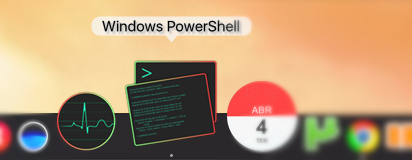
When it comes to optimizing laptop RAM usage for better performance, monitoring your RAM in real time is crucial. By keeping an eye on your laptop’s RAM usage, you can identify any potential issues and take steps to improve RAM performance.
Here’s a guide on how to use your laptop’s task manager to monitor RAM usage in real time and make necessary adjustments.
First, open your task manager by right-clicking on the taskbar and selecting Task Manager. Once the task manager is open, click on the Performance tab and then select Memory. Here, you’ll be able to see how much of your laptop’s RAM is being used, as well as the overall memory usage. Keep an eye on these numbers as you go about your daily tasks to get a sense of your typical RAM usage.
To take your monitoring to the next level, consider using a third-party RAM monitoring tool. These tools provide even more detailed information about your laptop’s RAM usage and can help you identify any specific programs or processes that are eating up too much memory. Some popular RAM monitoring tools include HWMonitor, Speccy, and CAM.
In addition to monitoring your RAM usage, there are several steps you can take to improve RAM performance on your laptop. These include closing any unnecessary programs or browser tabs, disabling startup programs, and upgrading your RAM if necessary. By being proactive about optimizing laptop RAM, you can ensure that your laptop runs smoothly and efficiently, even when handling demanding tasks.
RAM Diet: Embracing Cloud Services to Reduce Local Load
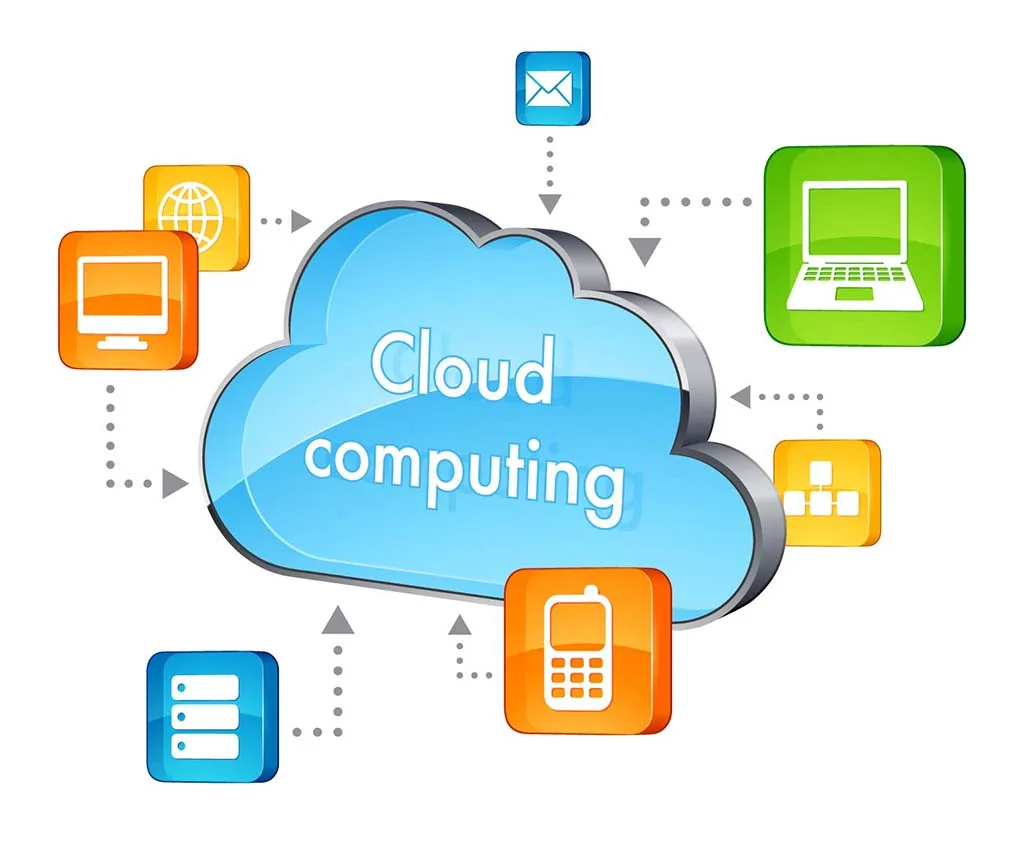
Laptop performance is heavily reliant on the Random Access Memory (RAM) and optimizing laptop RAM usage can significantly impact the overall speed and efficiency of your device. Embracing cloud services to reduce local load is a smart and efficient way to enhance RAM performance, especially for those with limited physical memory. By offloading certain tasks to the cloud, you can free up valuable space on your laptop’s RAM and improve its overall performance.
Here’s how you can optimize your laptop’s RAM usage for better performance:
Embrace Cloud Services: Cloud computing allows you to store and access data and programs over the internet instead of on your computer’s hard drive. By utilizing cloud-based applications and storage, you can reduce the amount of local memory required, freeing up RAM for other tasks. Consider using cloud-based email services, file storage, and collaboration tools to lighten the load on your laptop’s RAM.
Choose Lightweight Applications: When selecting software and applications for your laptop, prioritize lightweight options that have minimal impact on your RAM usage. Avoid running multiple resource-heavy programs simultaneously, as this can quickly overwhelm your system’s memory. Opt for web-based applications whenever possible, as they often require less RAM compared to their desktop counterparts.
Manage Startup Programs: Review the list of programs that launch automatically when you start your laptop. Disable any unnecessary startup programs to prevent them from consuming valuable RAM resources. You can access the startup program manager through the Task Manager on Windows or the System Preferences on macOS.
Upgrade Your RAM: If your laptop’s performance is still suffering despite optimizing its RAM usage, consider upgrading to a higher capacity memory module. Increasing your RAM capacity can provide a noticeable boost in speed and responsiveness, especially when multitasking or running memory-intensive applications.
Incorporating these tips and strategies for optimizing laptop RAM usage can help to improve RAM performance, ultimately enhancing the overall speed and efficiency of your device. Whether you’re a casual user or a power user, understanding and leveraging the potential of your laptop’s RAM can make a significant difference in your computing experience.
Questions & Answers for Optimizing Laptop RAM Usage for Better Performance
How does optimizing laptop RAM usage improve performance?
By optimizing your laptop’s RAM usage, you can ensure that your system has enough memory to handle all the tasks you throw at it. This can lead to faster response times, smoother multitasking, and overall improved performance.
What are some common ways to optimize laptop RAM usage?
Some common ways to optimize laptop RAM usage include closing unnecessary programs and background processes, updating software and drivers, and adding more physical RAM if possible.
Can disabling startup programs help optimize laptop RAM usage?
Yes, disabling unnecessary startup programs can help free up RAM and improve overall system performance. This can be done through the Task Manager or System Configuration utility.
Will clearing temporary files and caches help optimize laptop RAM usage?
Yes, clearing temporary files and caches can free up valuable space in your RAM, allowing your laptop to run more efficiently. This can be done using built-in cleanup tools or third-party software.
Is it possible to optimize laptop RAM usage without adding more physical memory?
Yes, optimizing laptop RAM usage can be achieved through various software tweaks and adjustments, such as adjusting virtual memory settings, managing pagefile usage, and prioritizing processes.
How can I monitor and manage RAM usage on my laptop?
You can monitor and manage RAM usage on your laptop using built-in tools such as Task Manager or Resource Monitor. These utilities can help you identify memory-hungry processes and take appropriate action.
Can upgrading to a faster RAM module help optimize laptop performance?
Upgrading to faster RAM can potentially improve overall system performance, including faster data transfer speeds and better multitasking capabilities. However, the impact may vary depending on the specific hardware and software configuration.
Will optimizing laptop RAM usage extend the lifespan of my system?
By optimizing laptop RAM usage, you can reduce the strain on your system’s memory and potentially prolong its lifespan. This can help prevent excessive wear and tear on hardware components.
Are there any risks associated with optimizing laptop RAM usage?
While optimizing RAM usage can generally improve performance, it’s important to proceed with caution and avoid making drastic changes without understanding their potential impact. Always back up important data before making any significant adjustments to your system.
Should I seek professional help to optimize my laptop’s RAM usage?
If you’re unsure about how to optimize your laptop’s RAM usage, or if you encounter any technical difficulties, it’s always a good idea to seek professional assistance. A qualified technician can help you make informed decisions and avoid potential pitfalls.
Wrapping Up
So there you have it! By following the tips and tricks we’ve outlined in this article, you can optimize your laptop’s RAM usage and enjoy better performance and speed. Remember to think about your specific needs and usage patterns, and tailor your optimization efforts accordingly.
By making a habit of regularly cleaning up your system, closing unnecessary apps, and managing your virtual memory settings, you’ll be able to make the most of your laptop’s RAM and get the most out of your device.
We hope you found this article helpful, and that you’re now armed with the knowledge to take control of your laptop’s RAM usage. Here’s to smoother, faster computing!
Continue checking out our website goodlaptops.com for more exciting laptop ram tips!

